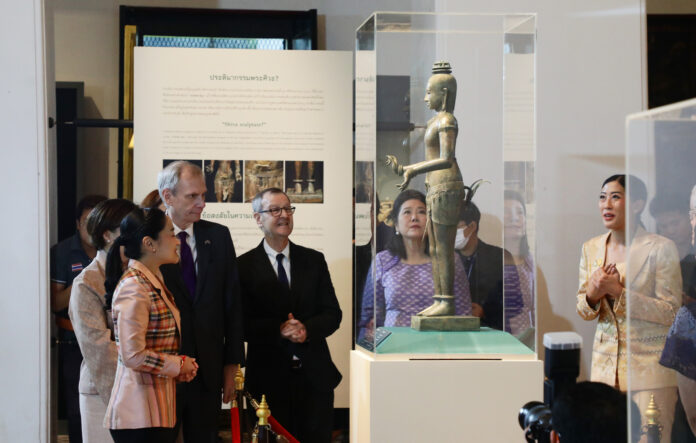
BURIRAM – The Thai archaeological community is abuzz this week after The Metropolitan Museum of Art (The MET) in New York, USA has returned two artifacts to Thailand. These are a bronze sculpture titled “Standing Shiva” or “Golden Boy,” dating back to around 1600 BE (11th century AD), and a bronze sculpture “The Kneeling Female,” which is about 900 years old.
The two precious items arrived at Suvarnabhumi Airport on May 20, and will be displayed at the National Museum, Phra Nakhon District.
Meanwhile, a reporter from Khaosod interviewed Ms. Nil Petsakul, 69, who discovered the “Golden Boy” about 50 years ago in Ban Pong Sadao, Moo 20, Ta Chong Subdistrict, Lahan Sai District, Buriram Province, where Ban Yang Castle is located. She spoke in the local Khmer language through a translator.
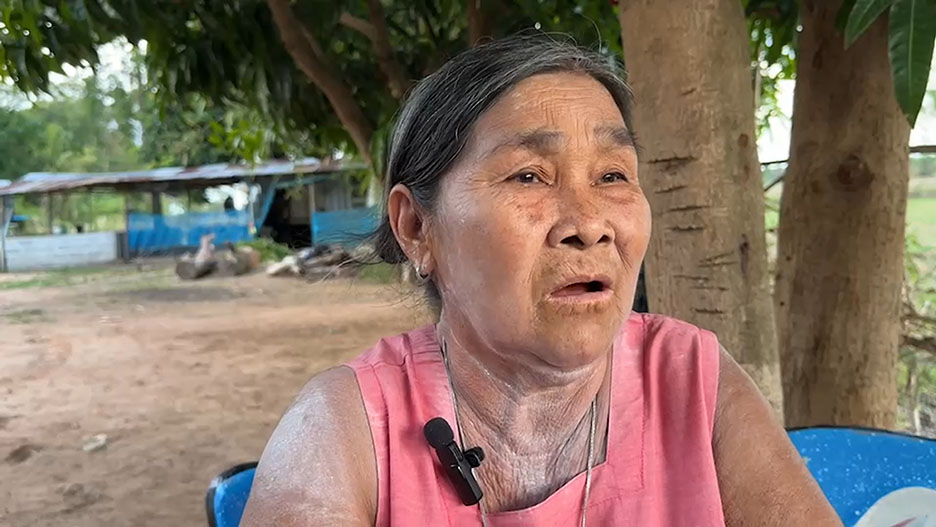
In 1974, she and her husband were digging for wild sweet potatoes in the area when they discovered an unusual object. They first dug up a blackened leg and continued digging until they found what appeared to be a Buddha statue. They called their relatives, who helped them excavate the rest.
They brought the approximately 150 c.m. tall statue home and cleaned it, discovering a radiant light emanating from it, which led them to believe it was valuable. They then prayed for the light to cease.
After that, they consulted a police officer at Lam Plai Mat police station in Lam Plai Mat district, Buriram province, to sell the statue. The police took them to Bangkok where they sold the statue to a foreigner for 1,200,000 baht after originally asking for 1,600,000 baht. They refused to give any information about how the money was divided and why they now have no money.
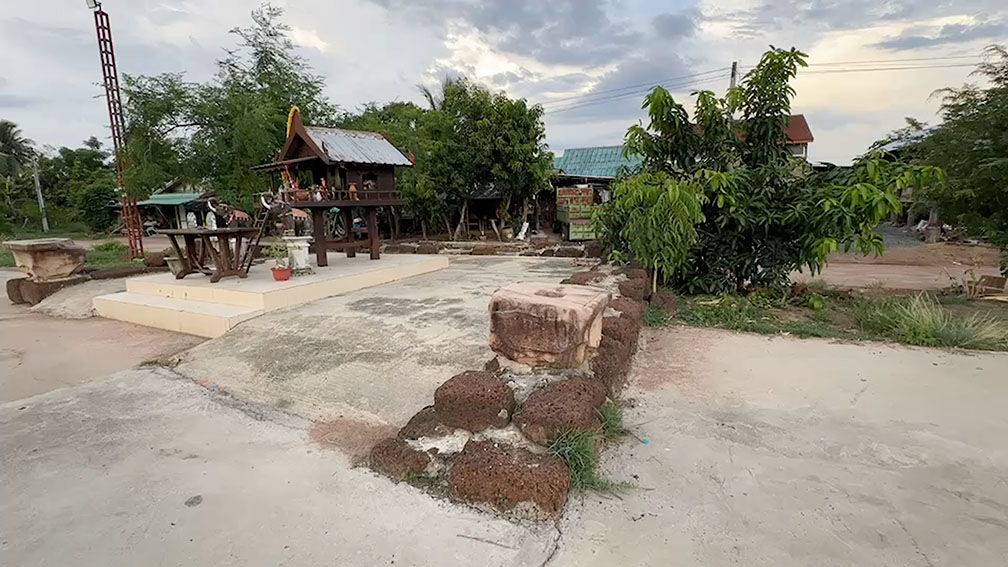
Mrs. Natthaphon Petsakul, the daughter of Nil, expressed her mother’s disappointment when she saw the returned “Golden Boy” with missing diamond accessories that were part of the original statue. This included a crown, eyes, a necklace, bracelets and a belt, which are now missing.
Dr. Thanongsak Hanwong, an independent archaeologist and a member of the committee for the repatriation of Thai artifacts, stated that two books, “Khmer Bond” and “Khmer Gold,” written by Douglas A.J. Latchford, confirmed that the “Golden Boy” was found at Ban Pong Sadao in Buriram, Thailand. The team of Thai archaeologists took over three years to confirm this by piecing together clues from the books.
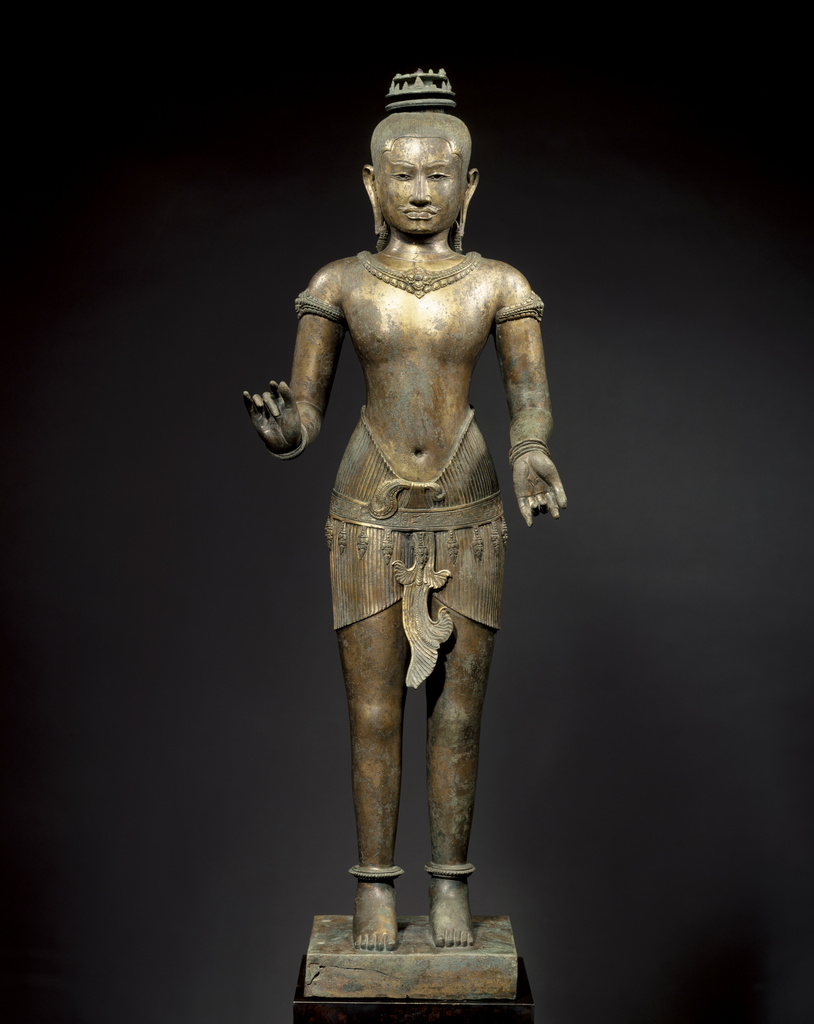
The discovery of the bronze sculpture of the “Golden Boy” is of great significance and changes the historical understanding of the ancient Khmer culture and its beliefs. It was originally thought that the Khmer empire spread from Cambodia to the Khorat Plateau. However, new evidence suggests that the Khmer Empire was first present on the Khorat Plateau before expanding to Siem Reap in Cambodia.
He further explained that the clear evidence includes the fact that his grandson, King Suryavarman II, built Angkor Wat, and most notably, King Jayavarman VII, who constructed the Bayon temple and adhered to Mahayana Buddhism, just like King Jayavarman VI.
Therefore, this practice of Mahayana Buddhism was passed down until the final era of Khmer culture. Importantly, before this, the discovery of the bronze Prakhon Chai sculpture, dating back to around 1300 BE (about 700 years ago), was found just 5 kilometers from the site where the “Golden Boy” was discovered. This sculpture is older than the bronze-cast “Golden Boy,” which dates to around 1623 BE, by over 300 years.
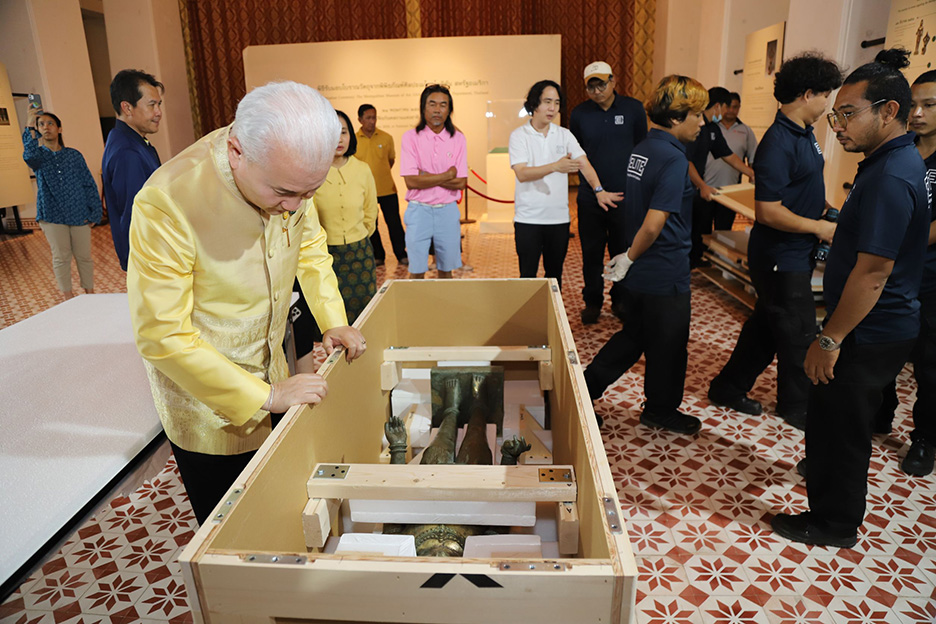
____
Related article:
New York’s Metropolitan Museum Will Return Stolen Ancient Sculptures To Cambodia And Thailand
















































